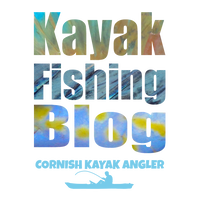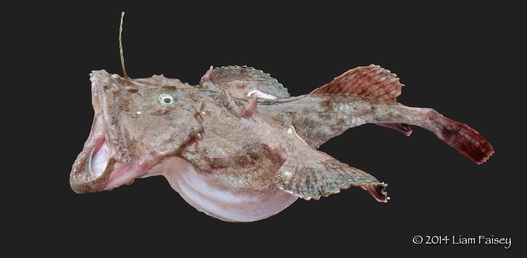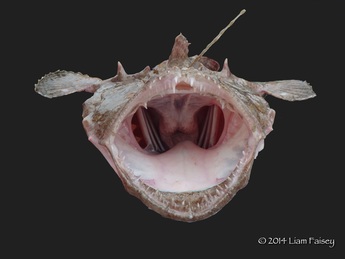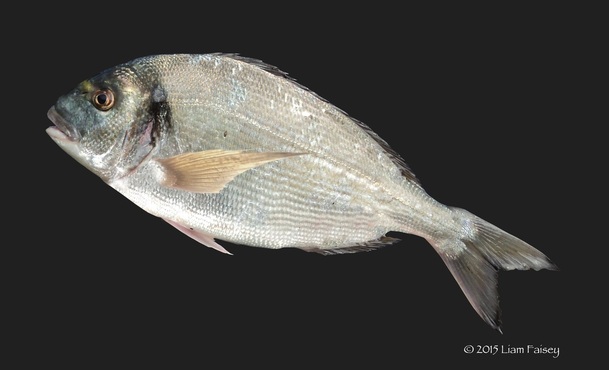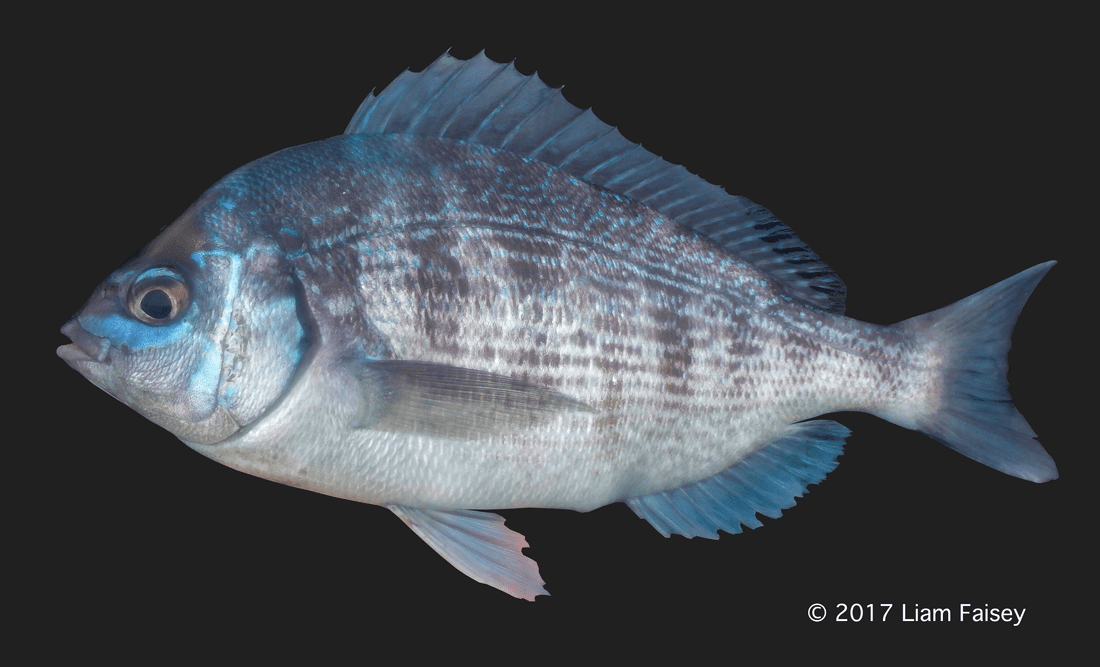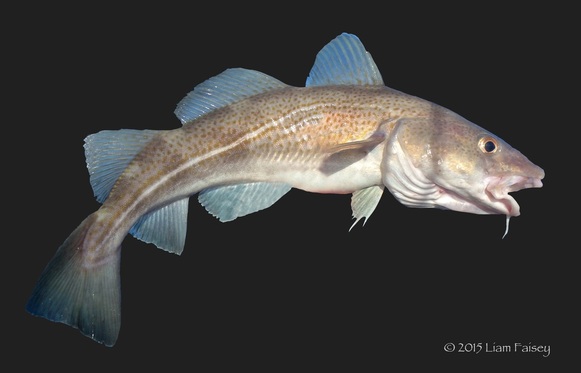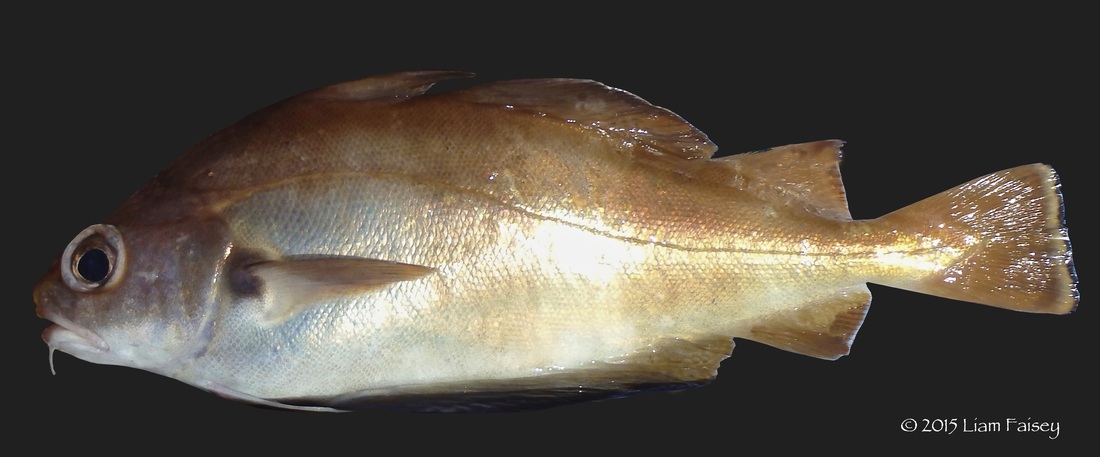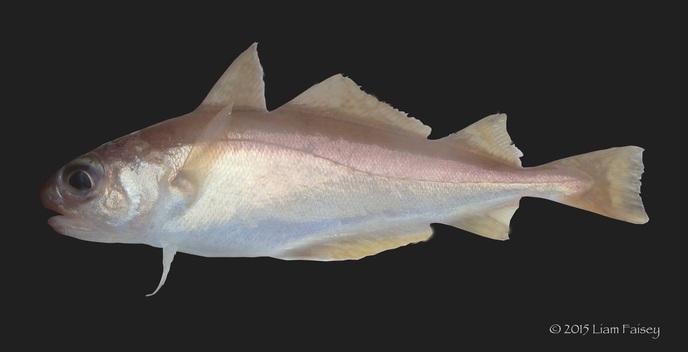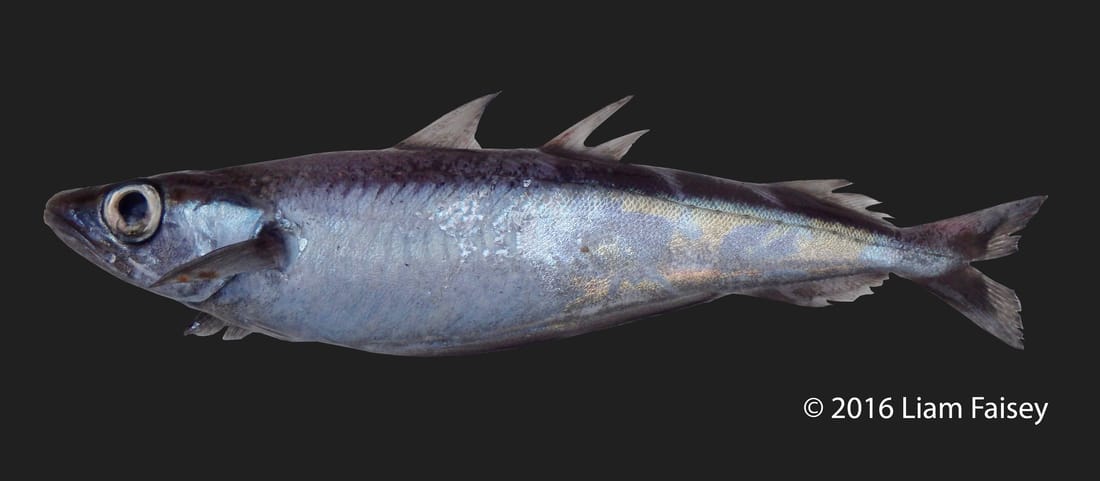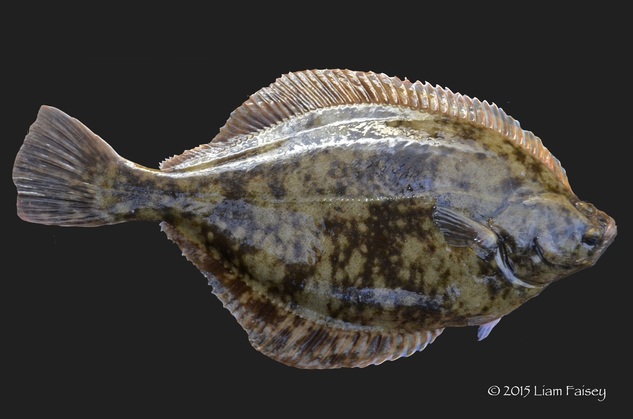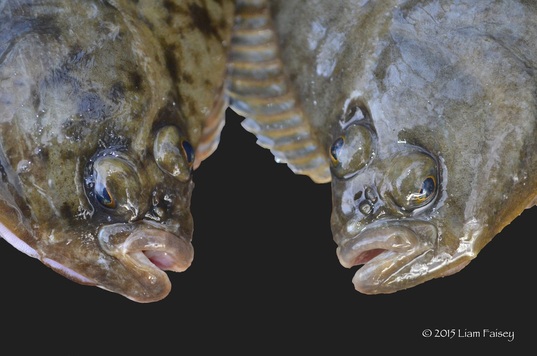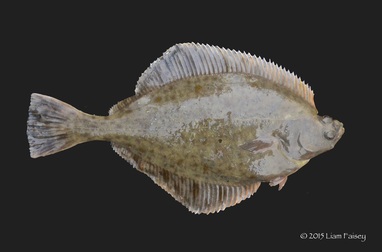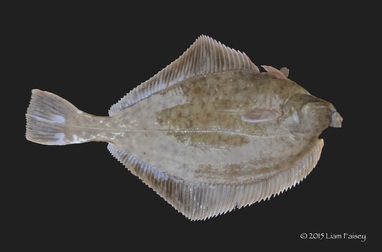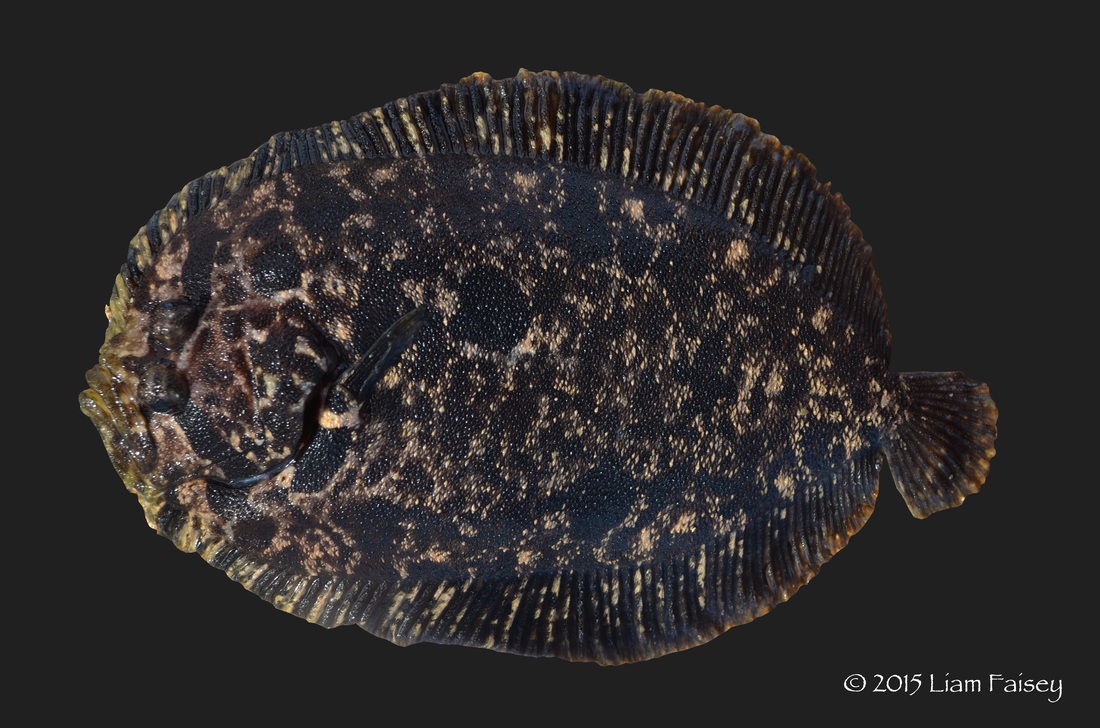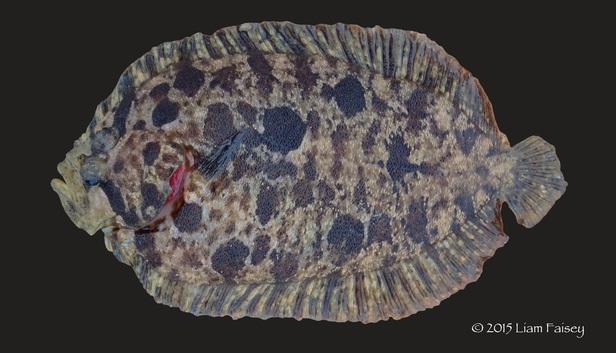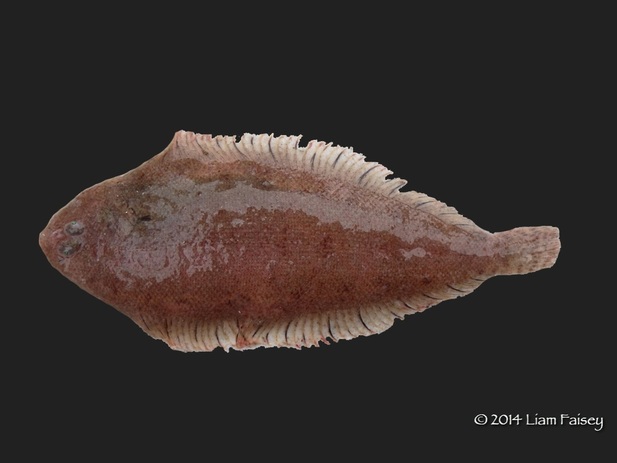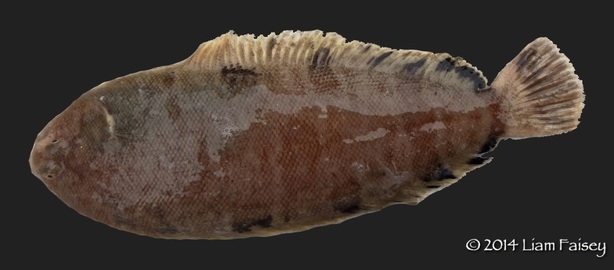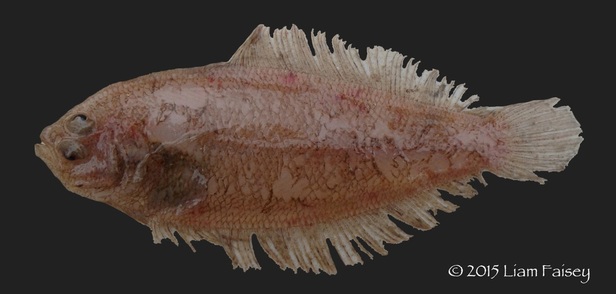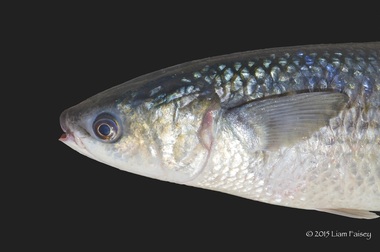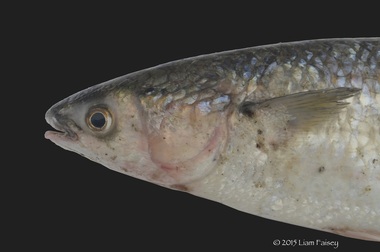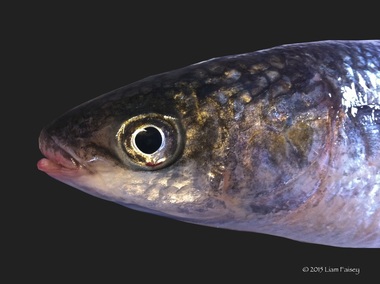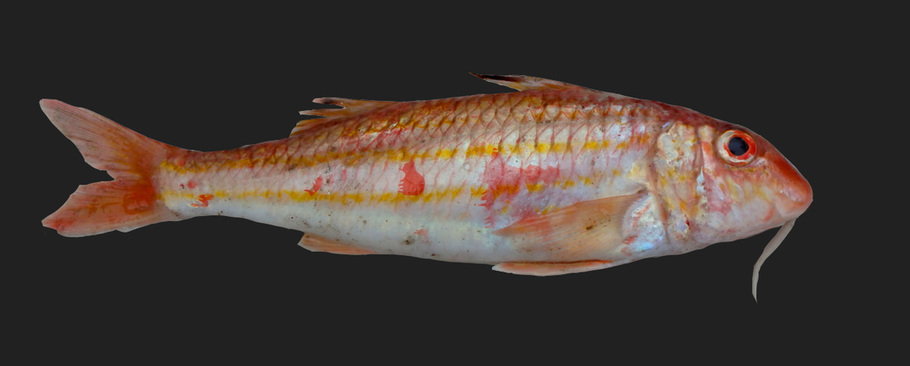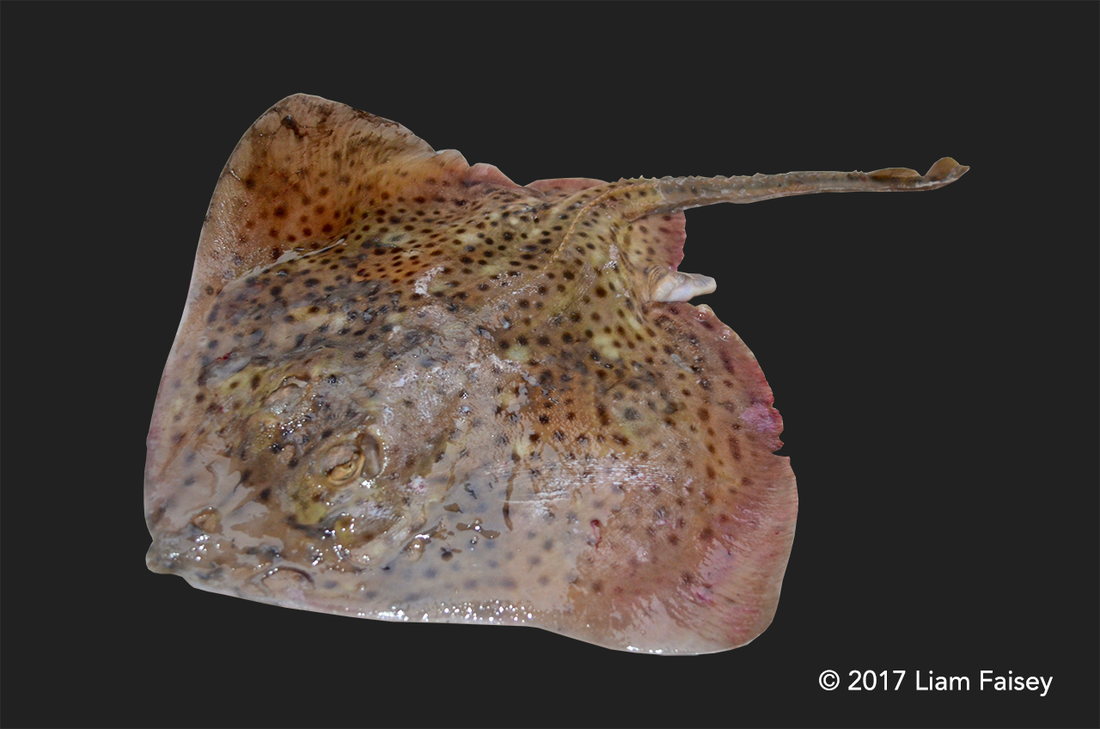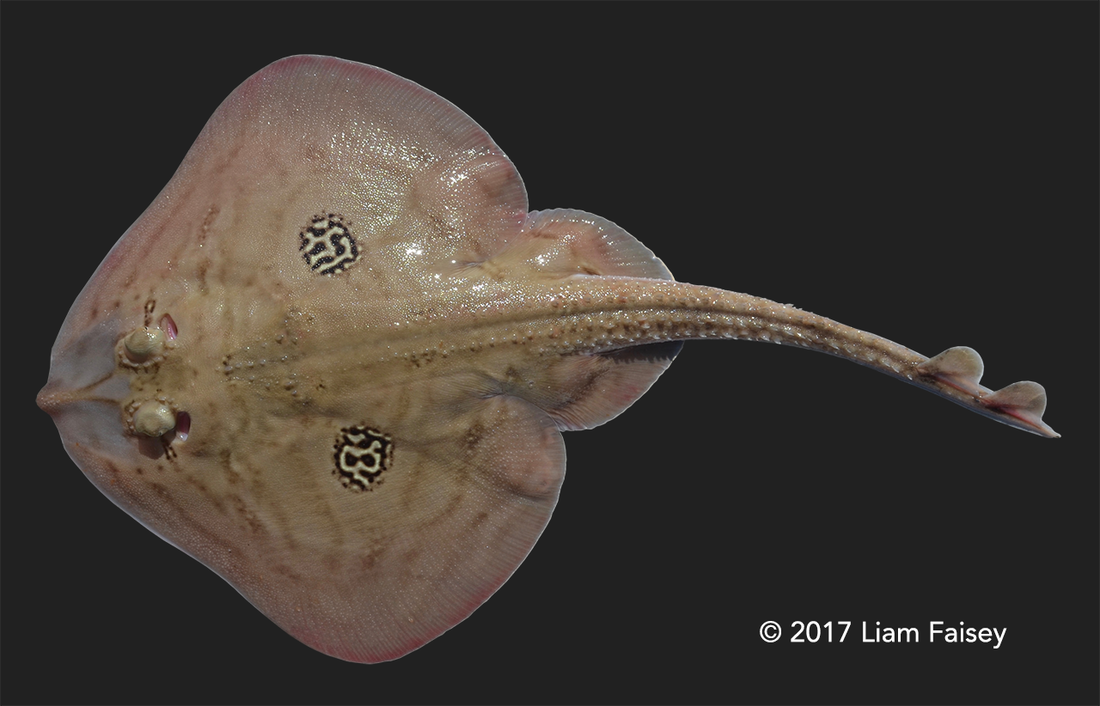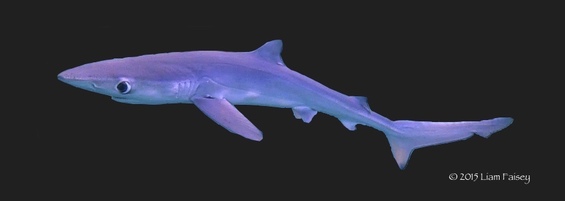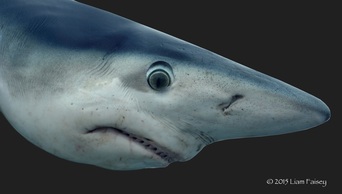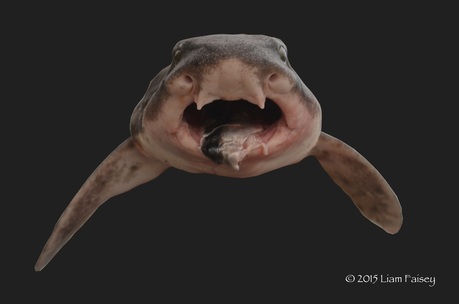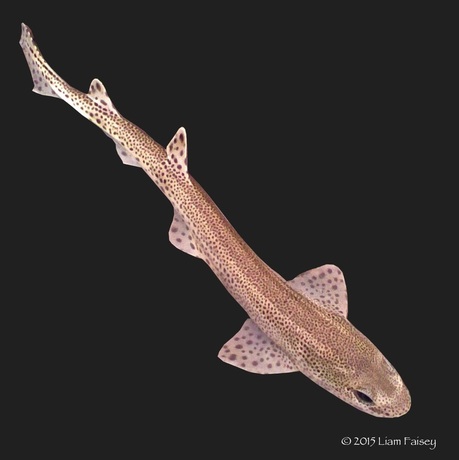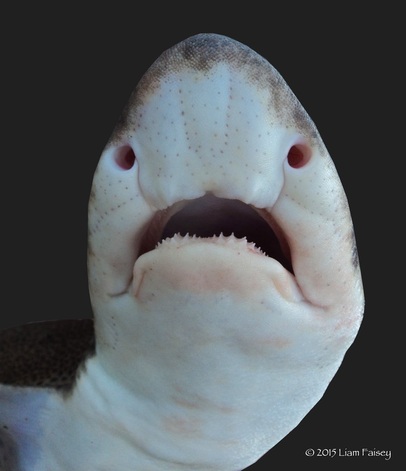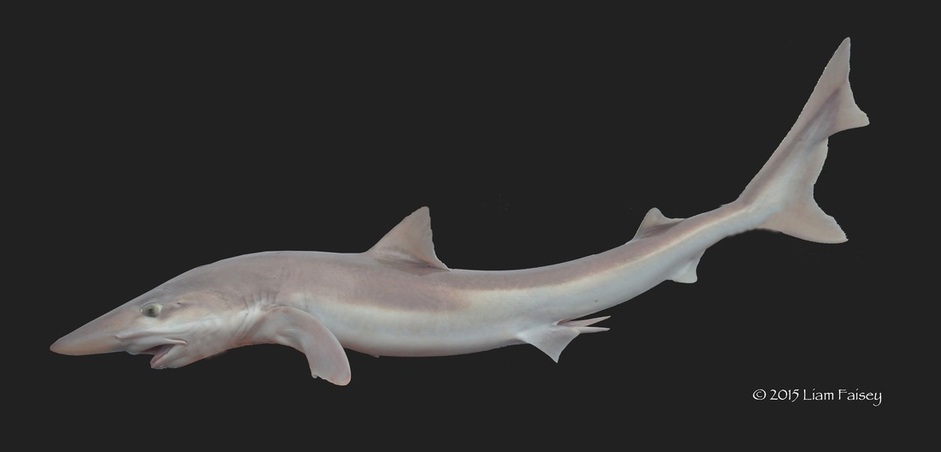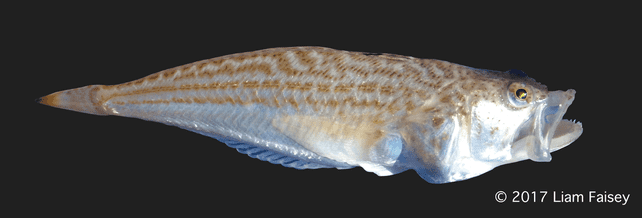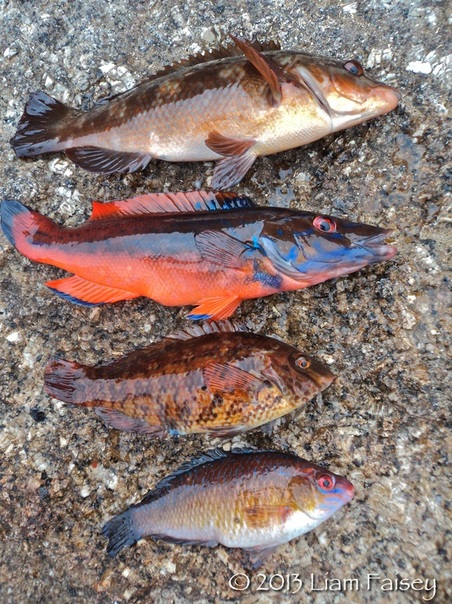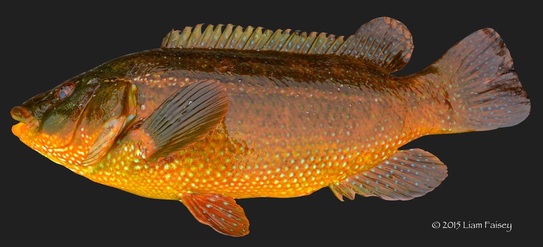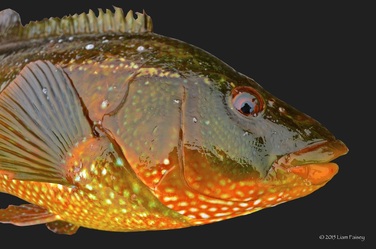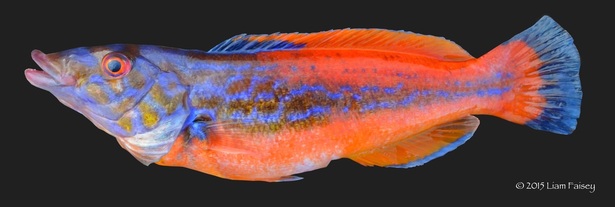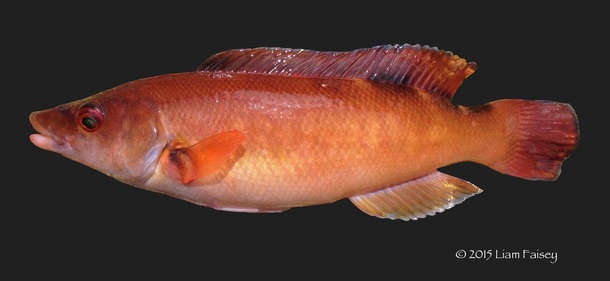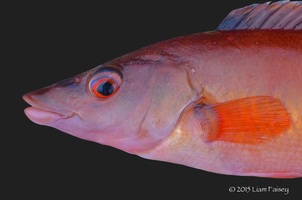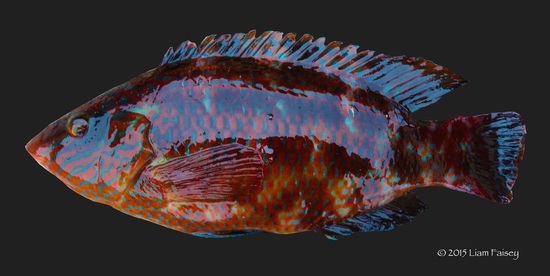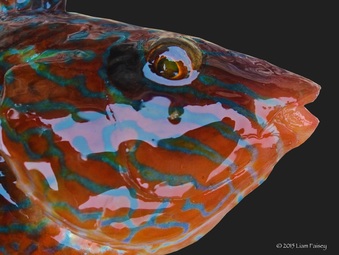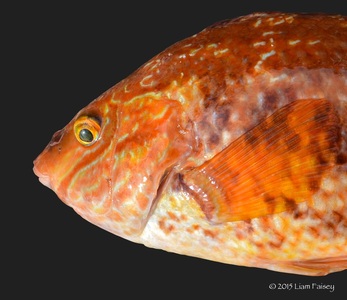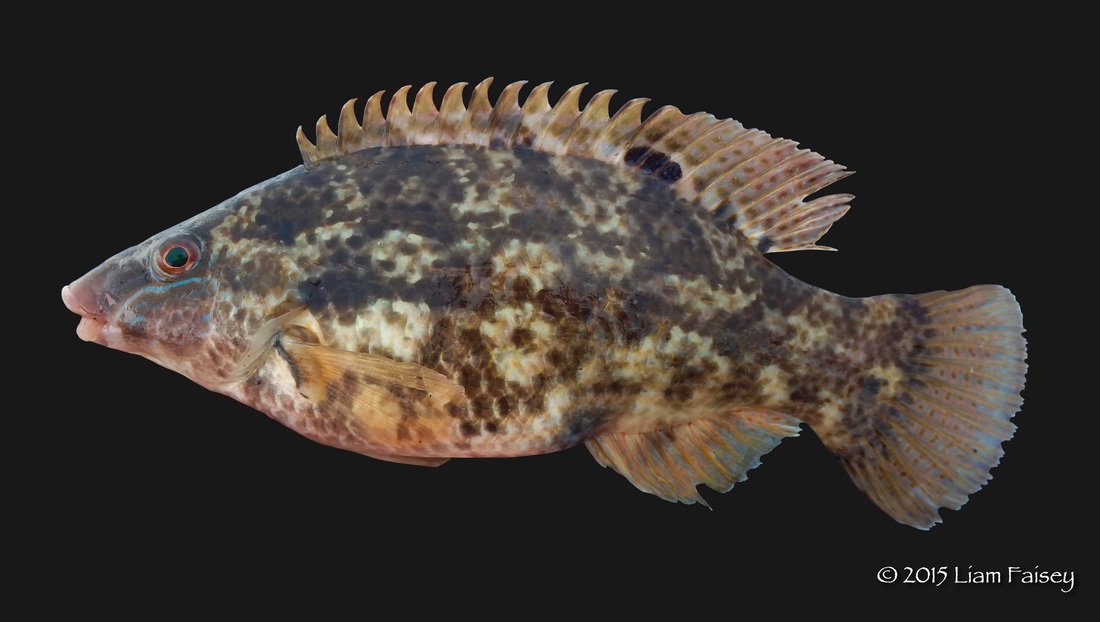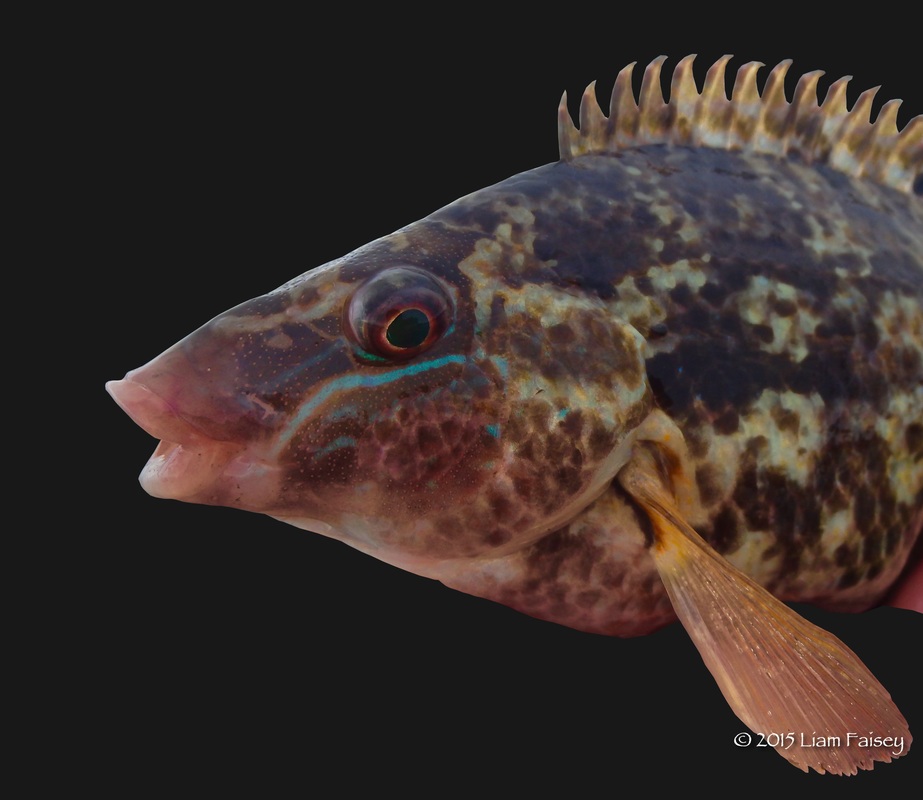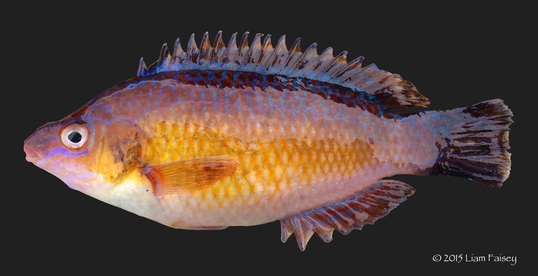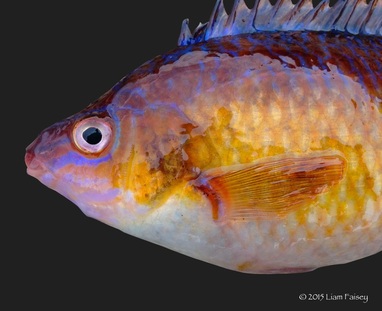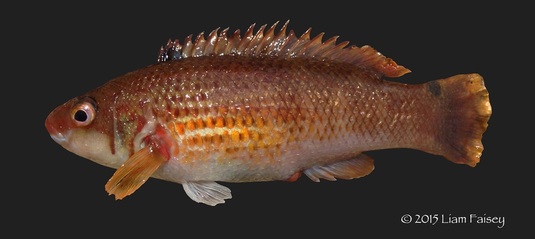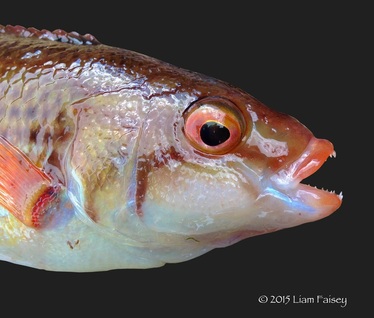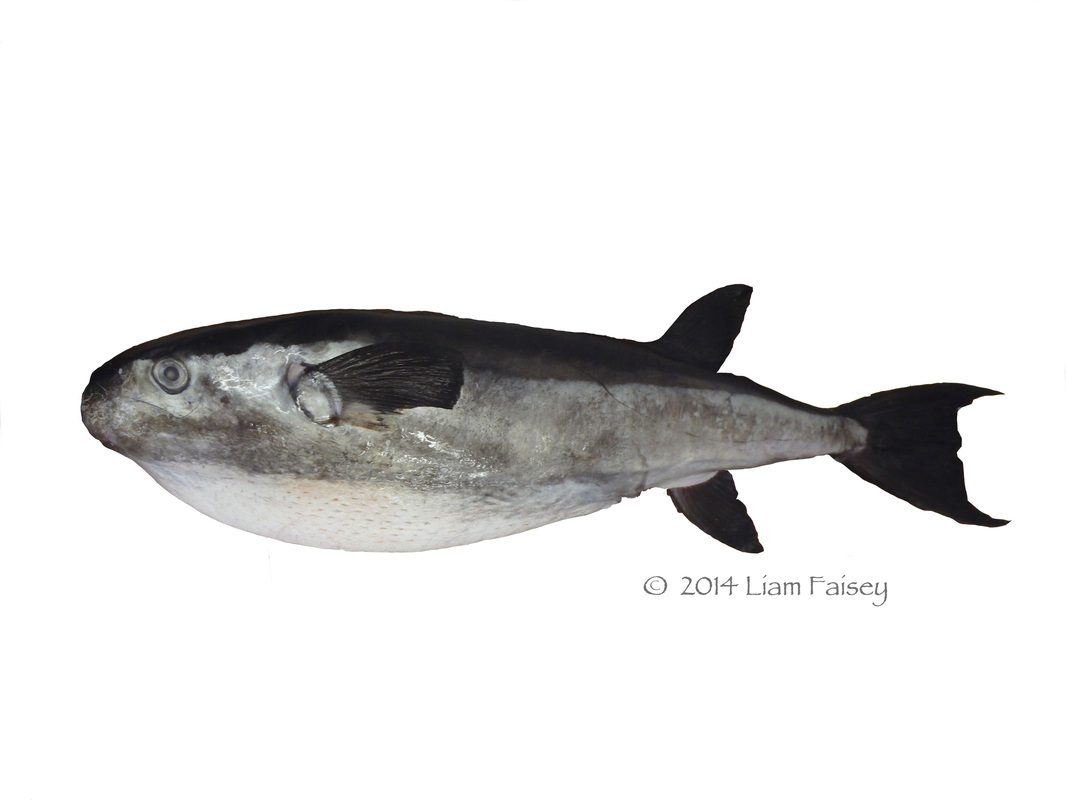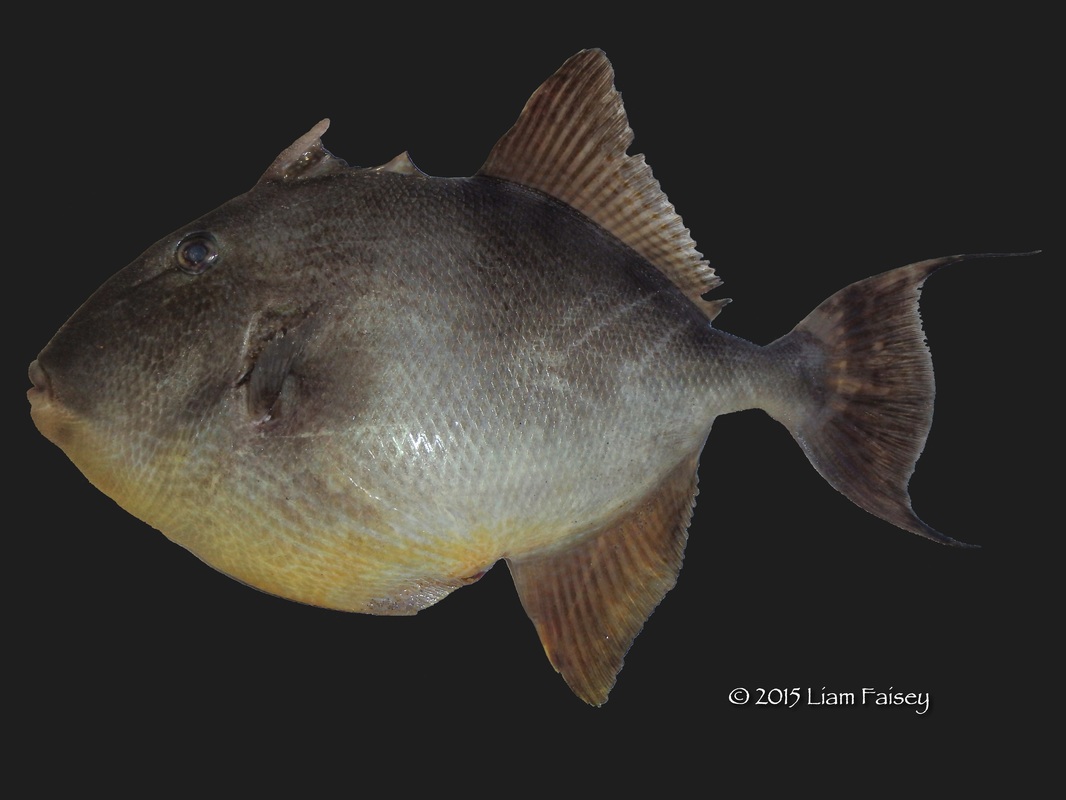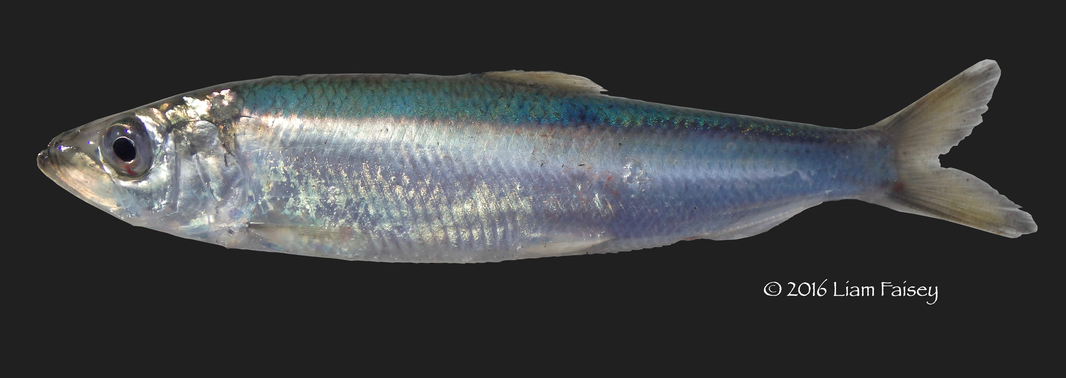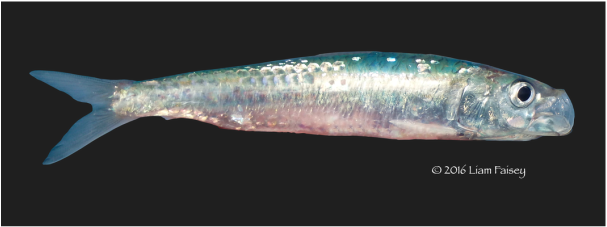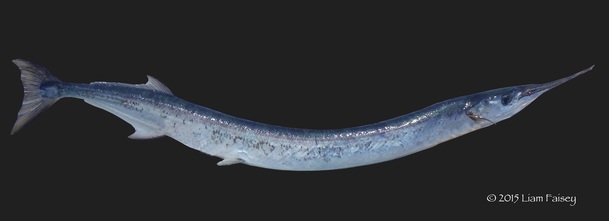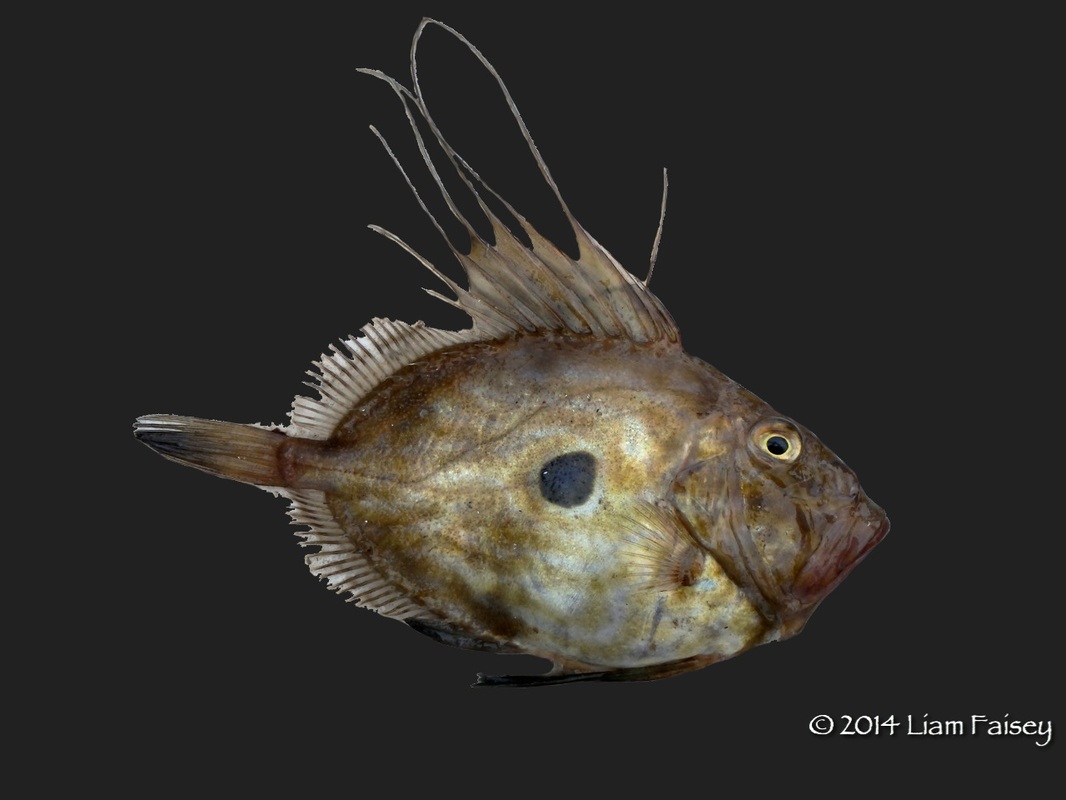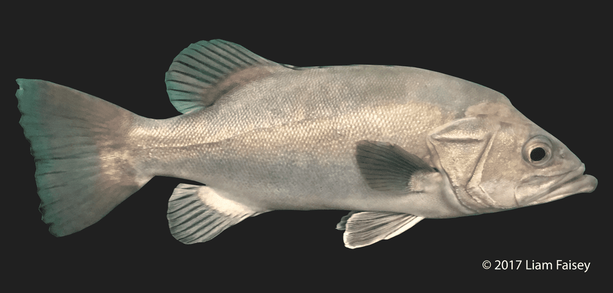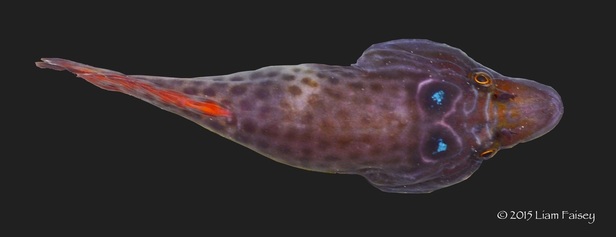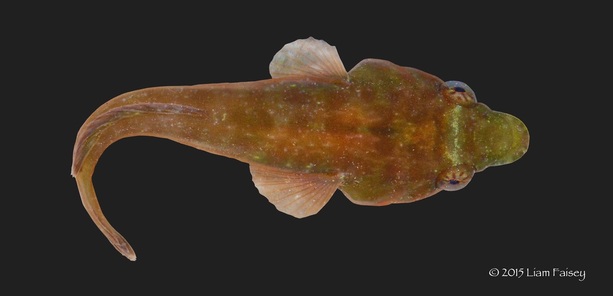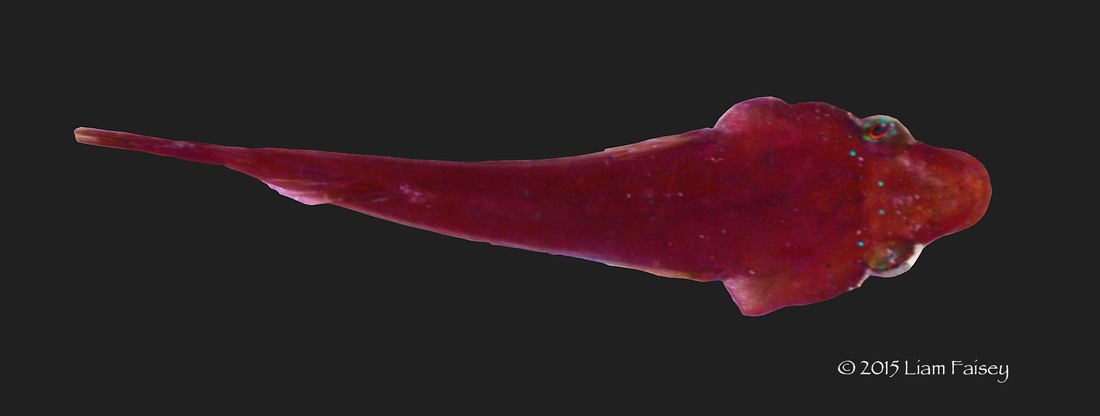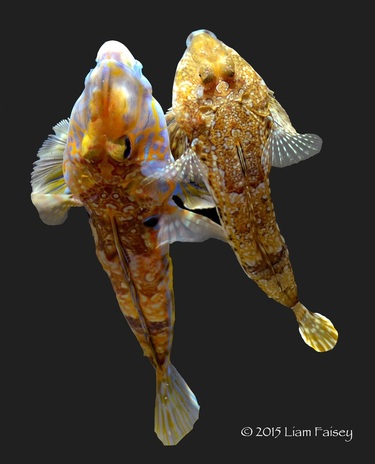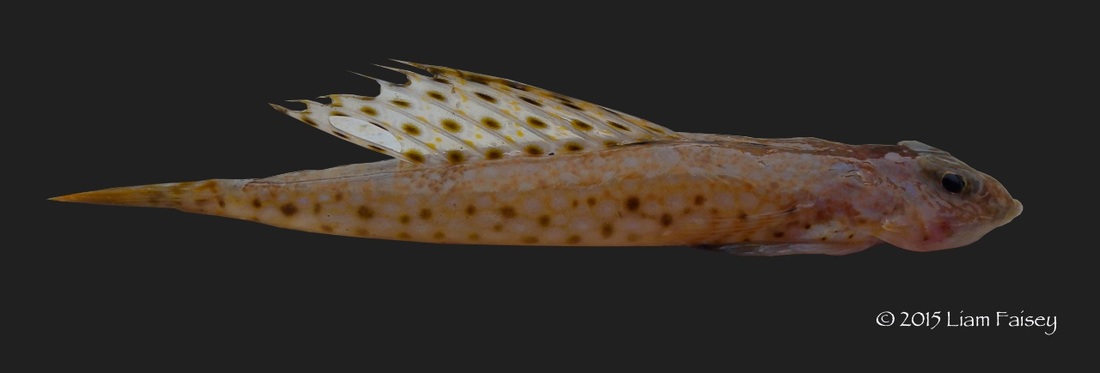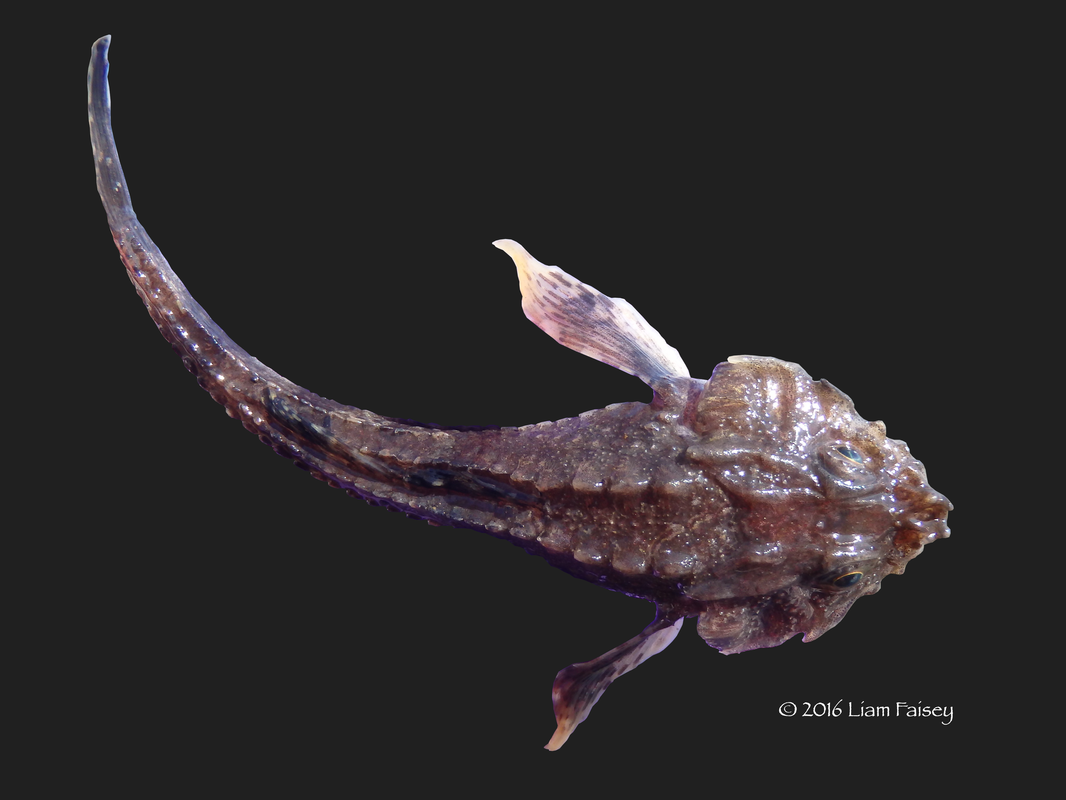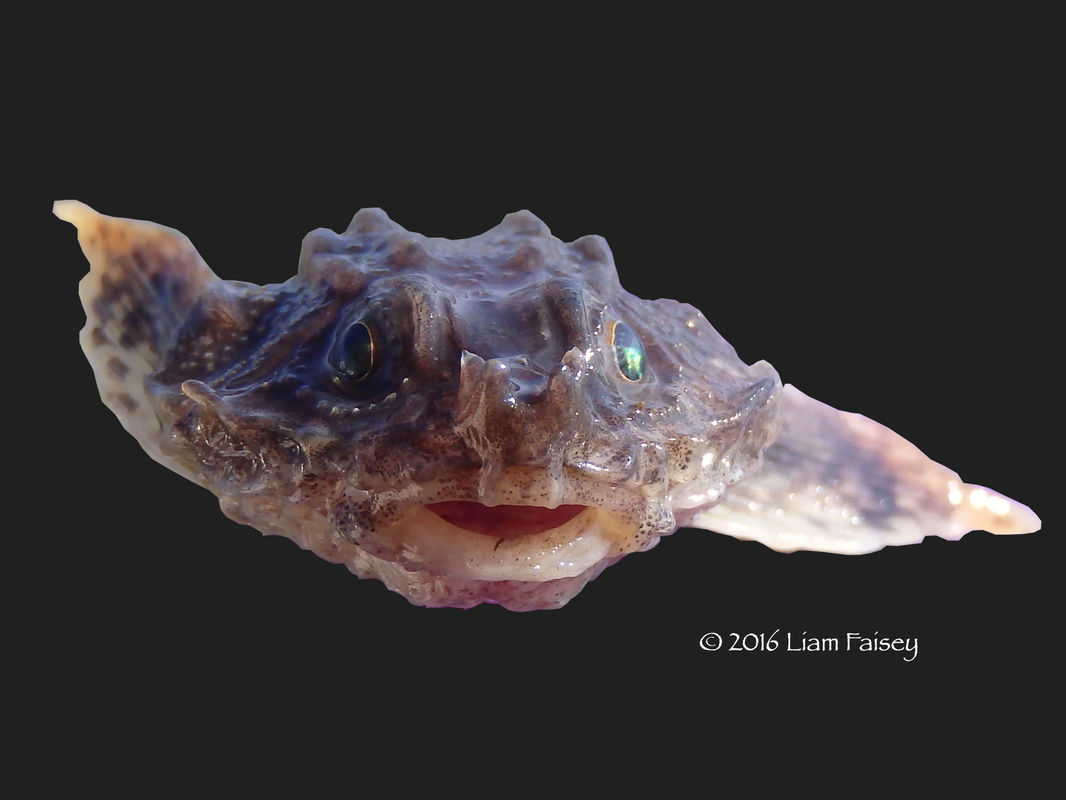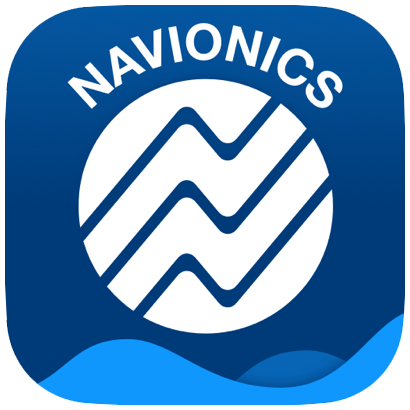UK Fish Identification GUIDE
A page full of photos of fish i have caught or had the chance to photograph over the years. Its not a complete list of UK species and more will be added as and when i encounter them!
Anglerfish - Lophius piscatorius
Bream
9 species of bream can potentially be caught in UK waters - Red, Black, Gilthead, Couch's, Rays, Pandora, Axillary, Saddled and White Bream. Those most likely to be encountered whilst fishing are Black, Red, Gilthead and Couch's.
|
Black Bream - Spondyliosoma cantharus
Common along much of the South and West coasts of the UK from Spring to Autumn. Shoals will congregate around inshore reefs during May and June to breed and spawn. Males tend to take on a dark black colouration (hence the name) with striking blue markings, and female tend to take on a more silvery colouration. |
Cod Family
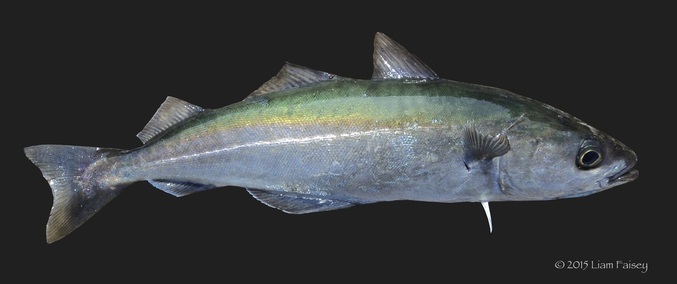
Coalfish - Pollachius virens
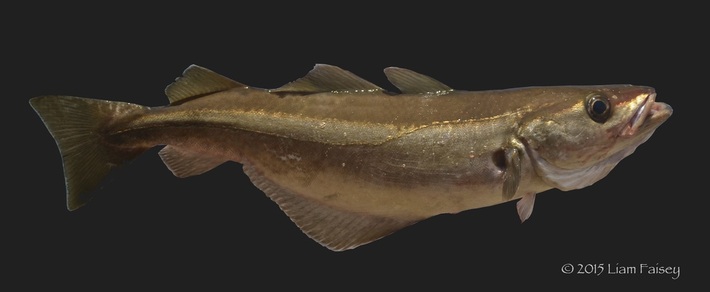
Pollack - Pollachius pollachius
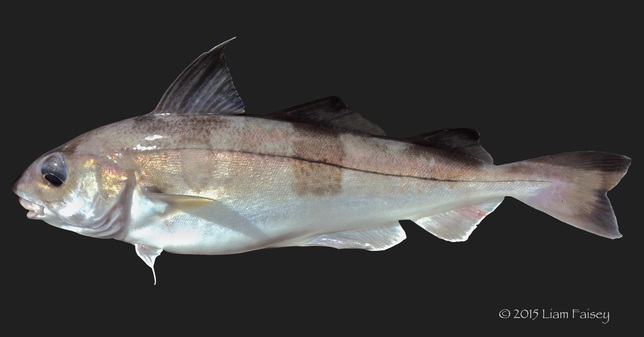
Haddock - Melanogrammus aeglefinus

Whiting - Merlangius merlangus
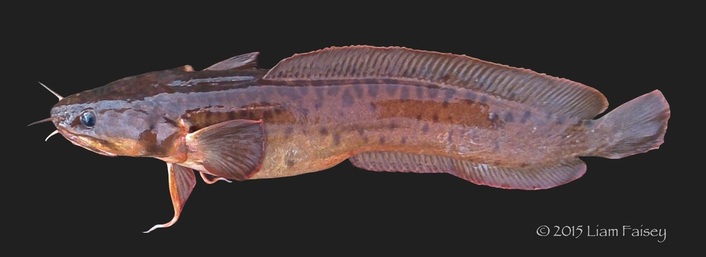
Three Bearded Rockling - Gaidropsarus vulgaris
|
Shore Rockling - Gaidropsarus mediterraneus
|
Flatfish
Flounder - Platyichthys flesus
Flounder are usually right eyed but some individuals can be left eyed as shown by the photo on the left hand side - i have always called them 'Flip Flounder'. Flounders are usually pale white on the underside but some individuals can have brown coloration on both sides. The centre photo and right side photos show a 'double-sided' Flounder. Flounders can often have bright orange or red spots on the eyed side and this can often cause them to be wrongly identified as Plaice but Flounder can be identified by the rough tubercles located along the lateral line which are not present in Plaice.
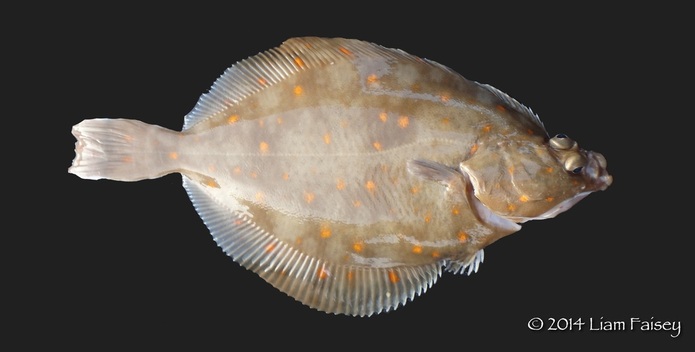
Plaice - Pleuronectes platessa
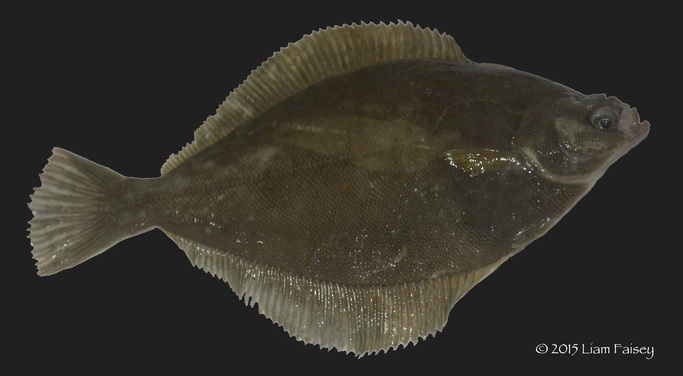
Dab - Limanda limanda
Sometimes can be confused with Flounder - Dabs have a highly curved lateral line around the pectoral fin which in flounder remains fairly straight.
Sometimes can be confused with Flounder - Dabs have a highly curved lateral line around the pectoral fin which in flounder remains fairly straight.
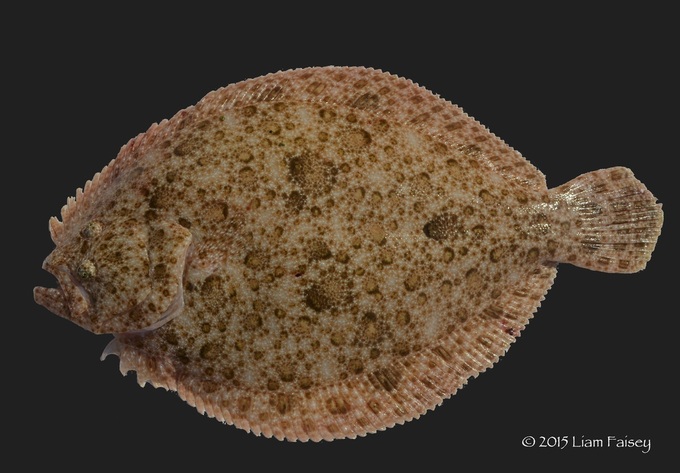
Brill - Scopthalamus rhombus
Sometimes young Brill can be confused with young Turbot - Brill have a more round elongate body than the diamond shaped Turbot.
Sometimes young Brill can be confused with young Turbot - Brill have a more round elongate body than the diamond shaped Turbot.
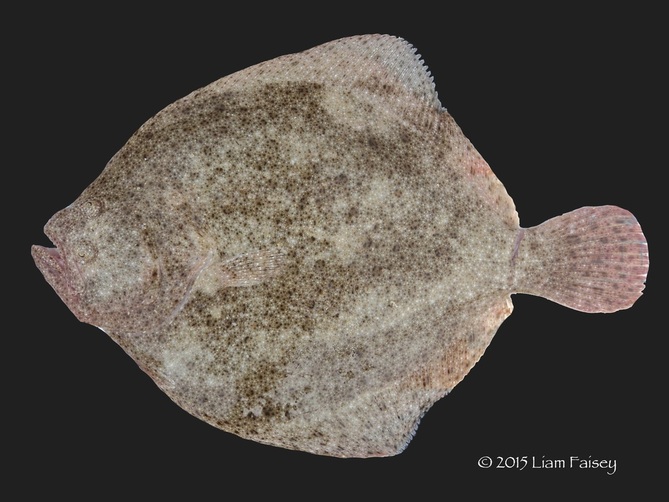
Turbot - Scophthalmus maximus
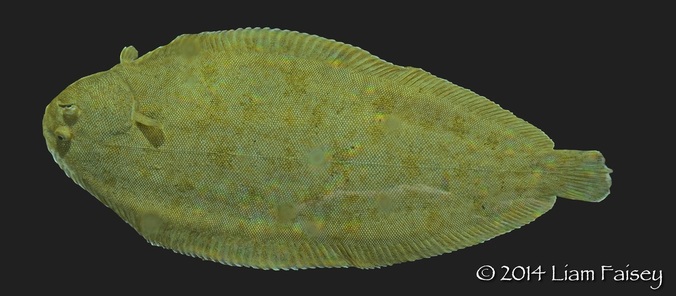
Common Sole/Dover Sole - Solea solea
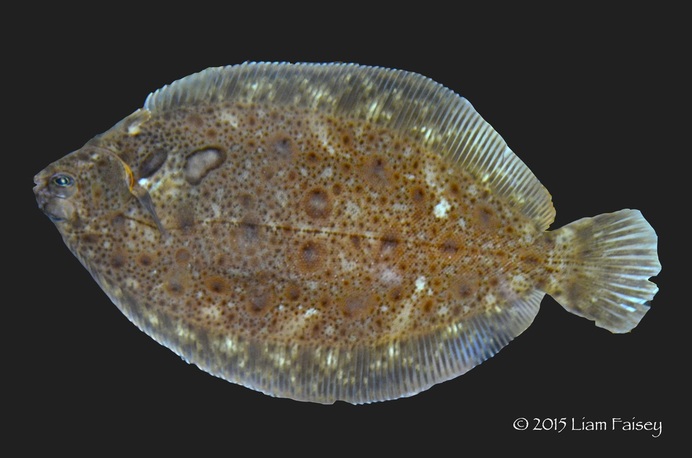
Lemon Sole - Microstomus kitt
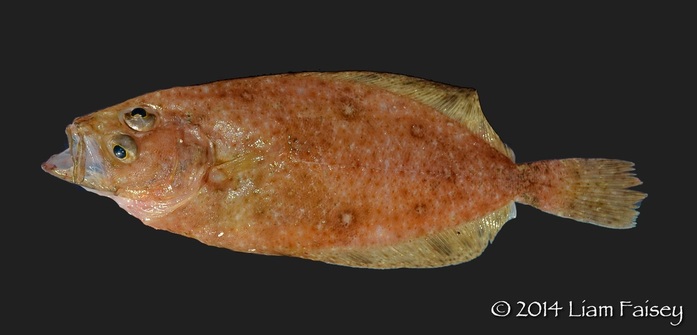
Megrim - Lepidorhombus whiffiagonis
|
Common Topknot - Zeugopterus punctatus
One of the few flatfish species that entirely inhabits rocky habitat. It is also unusual amongst the flatfish as it doesn't seem able to change its coloration as well as many other species - instead it relies on immobility, often in crevices and overhangs, to avoid predation. Several sources report that the Common Topknot does not change its colouration to match its background, however the photos on the left show the same individual photographed 2 days apart. On the first occasion its skin was light in colour and on the second occasion the Topknot was much darker. |
Gurnards
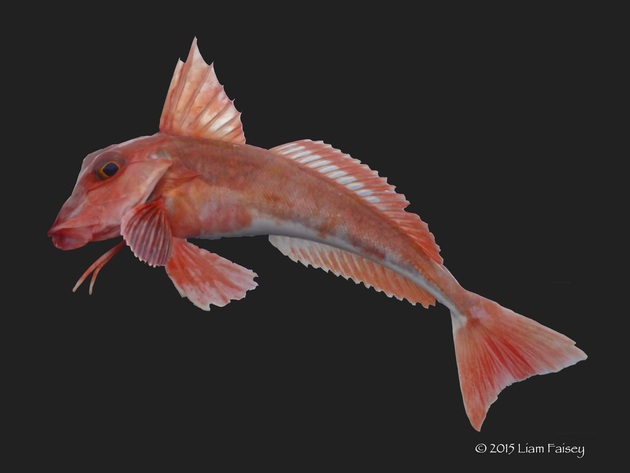
Red Gurnard - Chelidonichthys cuculus
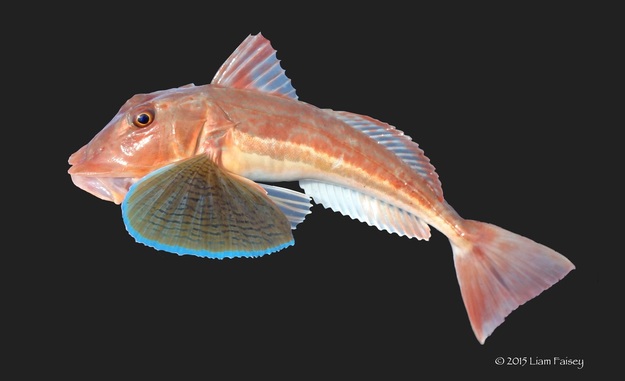
Tub Gurnard - Chelidonichthys lucerna
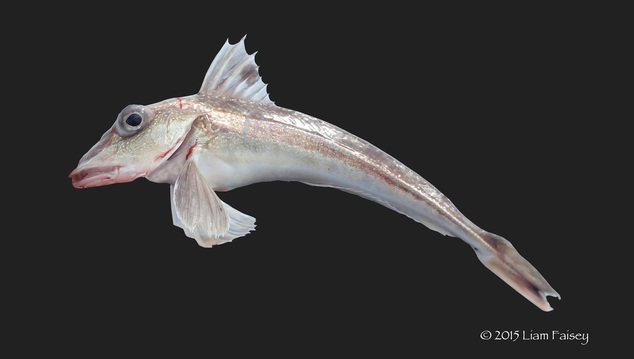
Grey Gurnard - Eutrigla gurnardus
Mullet
3 species of true mullet can be caught in the UK. An easy method of identification is to assess the position where the pectoral fin reaches when bent towards the mouth. In Thick Lipped Mullet the pectoral fin reaches across the eye, in Thin Lipped Mullet the pectoral fin does not reach the eye and in Golden Greys the pectoral fin reaches the pupil. For a more robust approach to identifying these 3 mullet species check out the word document below which i obtained from the National Mullet Clubs website. The red mullet and striped red mullet are not true mullet species and are members of the goatfish family.
| uk_mullet_id_guide.doc |
Striped Red Mullet - Mullus surmuletus
Rays
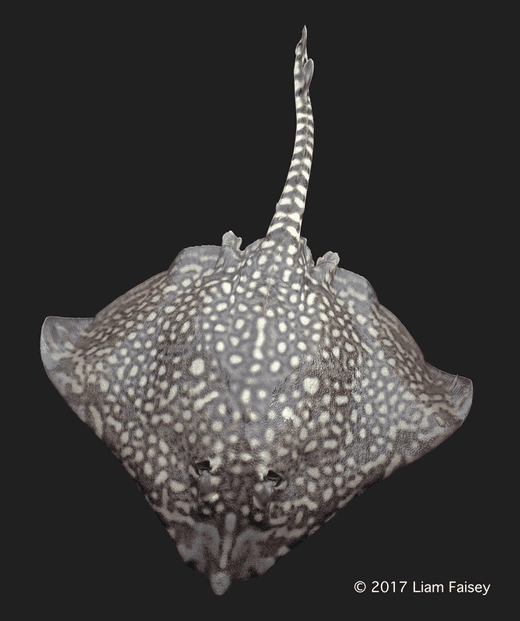
Thornback Ray - Raja clavata
Colouration and patterns can sometimes be drab on Thornback rays in some areas but are often well marked as shown in the photo.
Colouration and patterns can sometimes be drab on Thornback rays in some areas but are often well marked as shown in the photo.
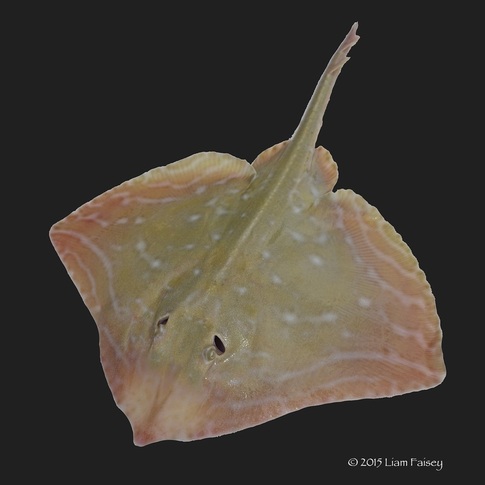
Small Eyed Ray - Raja microcellata

Blonde Ray - Raja brachyura
Small Blonde Ray are sometimes confused with Spotted Ray - The dark spots on a blonde ray extend all the way to the edge of the wings where as a Spotted Rays spots stop before the edge of the wing.
Small Blonde Ray are sometimes confused with Spotted Ray - The dark spots on a blonde ray extend all the way to the edge of the wings where as a Spotted Rays spots stop before the edge of the wing.
Sharks
Blue Shark - Prionace glauca
Bull Huss - Scyliorhinus stellaris
Small Bull Huss are often misidentified as Lesser Spotted Dogfish - In general Bull Huss have much larger dark spots along their body. Some Bull Huss can be so dark you cant see their spots. Bull Huss also have much larger nasal flaps than Lesser Spotted Dogfish.
Lesser Spotted Dogfish - Scyliorhinus canicula
Tope - Galeorhinus galeus
Weevers
Greater Weever - Trachinus draco
Lesser Weever - Echiichthys vipera
Wrasse
|
7 species of wrasse can potentially be caught in the UK - Ballan, Cuckoo, Corkwing; the rarer Rock Cook and Goldsinney; and the much rarer Baillons and Scale Rayed Wrasse. I myself have caught the 5 more common species and the rarer Baillons Wrasse. I managed to catch all 5 of the more common species in one wrasse trip - see photo to the right - i kept them alive in a rock pool but couldn't find the Goldsinney again for the photo!
Ballan wrasse are usually the target of a 'wrasse fishing trip' and give an excellent account for themselves once hooked. I get just as much pleasure from targeting the smaller species on light gear and as i do from a powerful ballan and it can be quiet rewarding when you catch one of the rarer species. Wrasse species often get misidentified and have heard/seen small Ballans being labelled as Corkwings and vice versa, Rock cooks being identified as Corkwings and Female Cuckoos being called Goldsinneys. Ballans can show huge variation in their coloration ranging from bright green, mottled red/cream, orange to dark brown and pretty much everything in between. The photos below show the clear differences between the coloration of each wrasse species - you can ID the UK species of wrasse from the coloration, shape and features of their heads alone although more robust methods of identification can be used. |
Ballan Wrasse - Labrus bergylta
Cuckoo Wrasse - Labrus mixtus - Male - red colouration (Top) & yellow colouration (Middle), & Female (Bottom)
Corkwing Wrasse - Symphodus melops - Male (Top) & Female (Bottom)
Baillons Wrasse - Symphodus bailloni - Female
Female Baillons Wrasse look similar to a female Corkwing Wrasse. Baillions Wrasse have a dark spot about 2/3rds of the way along the dorsal fin and at the base of the tail - just visible in this specimen. The facial markings are different to that of a female Corkwing and the urogenital papilla (the egg laying part) in a Baillons is black/grey whereas it is blue/purple on a Corkwing. Male Baillons wrasse have a different colouration to females with pink/red fins and turquoise and pink facial markings and spots.
Female Baillons Wrasse look similar to a female Corkwing Wrasse. Baillions Wrasse have a dark spot about 2/3rds of the way along the dorsal fin and at the base of the tail - just visible in this specimen. The facial markings are different to that of a female Corkwing and the urogenital papilla (the egg laying part) in a Baillons is black/grey whereas it is blue/purple on a Corkwing. Male Baillons wrasse have a different colouration to females with pink/red fins and turquoise and pink facial markings and spots.
Rockcook Wrasse - Centrolabrus exoletus
Goldsinney Wrasse - Ctenolabrus rupestris
Tetraodontiformes
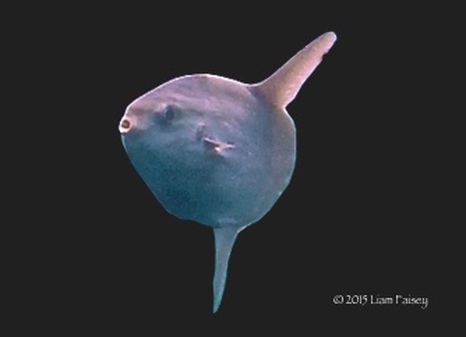
Ocean Sunfish - Mola mola
A summer visitor to UK waters and can often been seen swimming at the surface or laying flat on it side waiting for gulls to come and peck off parasites - a fascinating relationship if you ever get the chance to watch this happen - see my marine life photos for a sunfish being 'cleaned' by a gull.
It is a protected species and if caught must be returned dead or alive.
A summer visitor to UK waters and can often been seen swimming at the surface or laying flat on it side waiting for gulls to come and peck off parasites - a fascinating relationship if you ever get the chance to watch this happen - see my marine life photos for a sunfish being 'cleaned' by a gull.
It is a protected species and if caught must be returned dead or alive.
Pelagic Fish
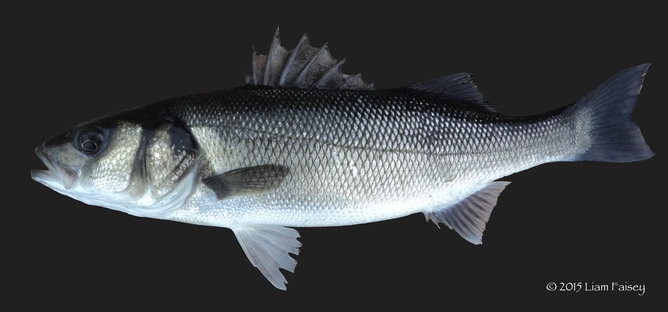
Bass - Dicentrarchus labrax
|
European Sprat - Sprattus sprattus
Sprats and small Herring are very difficult to tell apart. Sprats have spiked scales along their ventral keel - Herring do not. The spiked scales are just visible in this photo. Run your finger along its belly - if it feels spiky its a Sprat. In relation to the dorsal fin, the pelvic fins are set further back on a Herring compared to that of a Sprat, which sits closer inline with the leading edge of the dorsal fin. |
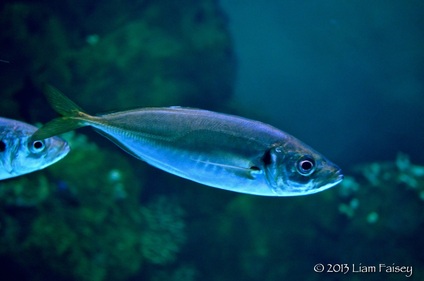
Scad - Trachurus trachurus
Other Fish
Mini-Species
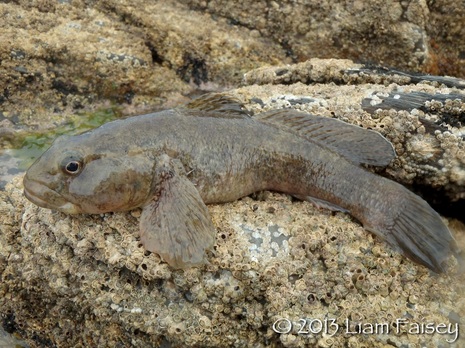
Giant Goby - Gobius cobitis
A large species of Goby which is particularly rare in the UK with its northern range just reaching up into Devon. Can be found at a few sites in Devon, Cornwall and the Isles of Scilly and could potentially be caught whilst wrasse fishing or lrf fishing.
It is a protected species and if caught must be returned dead or alive.
A large species of Goby which is particularly rare in the UK with its northern range just reaching up into Devon. Can be found at a few sites in Devon, Cornwall and the Isles of Scilly and could potentially be caught whilst wrasse fishing or lrf fishing.
It is a protected species and if caught must be returned dead or alive.
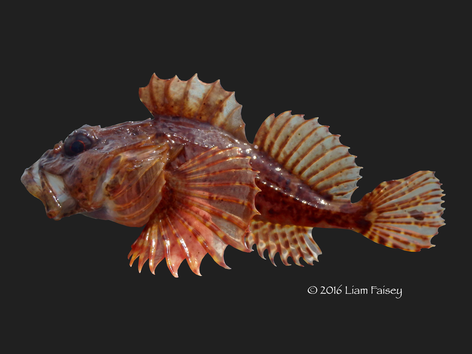
Long Spined Scorpionfish - Taurulus bubalis
Not poisonous even if their common name suggests otherwise!
Not poisonous even if their common name suggests otherwise!
Greater Pipefish - Syngnathus acus
Image Usage Policy
All photos used on this site are owned by Liam Faisey unless otherwise stated.
If you would like to use any of my images please contact me first, unless they already contain copyright information - if an image is used please ensure copyright statements are not cropped out and are fully and clearly legible to viewers.
If you would like to use any of my images please contact me first, unless they already contain copyright information - if an image is used please ensure copyright statements are not cropped out and are fully and clearly legible to viewers.
